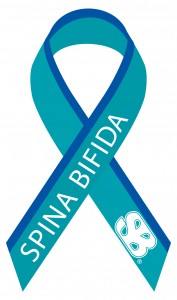In 1972, a researcher in the United Kingdom, David Brock, noticed that women who give birth to babies with an open neural tube defect (ONTD) or spina bifida had a significantly elevated alpha fetoprotein (AFP) levels in their amniotic fluid. At the time, the United Kingdom had one of the highest birth rates of ONTDs in the world: 4-5/1000. By contrast, the United States had a rate of about 1-2/1000.Two years later, Brock and another researcher, Nicholas Wald, realized they could identify pregnant women at increased risk of having a fetus with spina bifida simply by measuring the AFP in their blood. While it turned out not to be so simple (because an understanding of the way AFP was produced, entered into maternal blood, and was influenced by various maternal factors was crucial before implementing a population screening program), maternal serum screening was born.

Population screening programs began to arise both in the United Kingdom and the United States. Today, maternal serum screening remains an integral part of prenatal care. Moreover, thanks to advances in technology, fetal imaging, and our understanding of fetal development, three centers in the United States can now surgically correct spina bifida before the child is born.Of approximately 4 million babies born in the United States each year, about 1,500 to 2,000 are born with spina bifida. Pediatric neurosurgeons have been treating this complex defect after birth for decades, but now, expanded diagnostic tools and surgical interventions have allowed them to identify and treat spina bifida in utero. Fetal spina bifida surgery offers significantly better results than traditional repair after birth. Because spinal cord damage is progressive, prenatal repair may prevent further damage.There are several factors that can play a role in causing spina bifida, and there are steps that a person can take to reduce their chance of having a baby with spina bifida. Spina bifida can be more common in certain ethnicities, such as Caucasian and Hispanic. It has been shown that taking folic acid before and during pregnancy can reduce the risk of spina bifida. Additionally, genetic factors can play a part in spina bifida. If a person has a family history of spina bifida, he or she can talk to a
genetic counselor to learn more.October is
Spina Bifida Awareness Month, "a time to celebrate the hundreds of thousands of people living with spina bifida," according to the Spina Bifida Association.For more information on spina bifida, visit the
Spina Bifida Association website.
Your Privacy Choices





